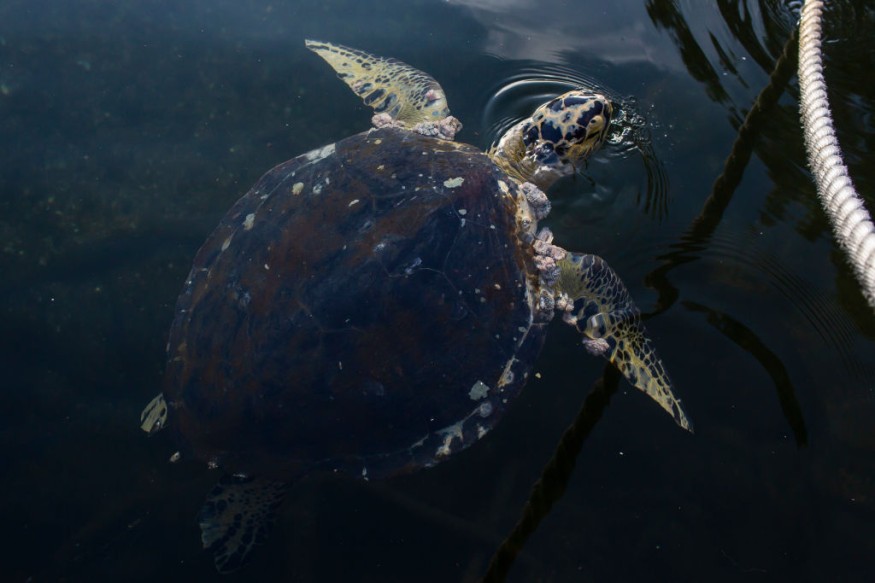
What began as an environmental tragedy ended in a small hope. In a bold effort, conservation scientists from the University of Central Florida extracted 70 eggs from the body of a dead loggerhead turtle after it met with an unfortunate accident on a Brevard County beach.
Sea turtle struggled in search across suburbanized beach
The story appears to be a troubling case of how suburban development has clashed with the natural migration cycle of the endangered sea turtle species.
Prior to its accident, there was evidence that the pregnant loggerhead repeatedly struggled with creating a nest on several parts of the beach before venturing further inland towards the roads.
It is known that sea turtles travel over a thousand miles back to the same nests that they were born in and this phenomenon has been occurring on the shores of Florida long before the first colonial ship made landfall.
According to some experts, this may be due to their brains having a sort of magnetic compass that guides them across the seas.
Unfortunately, the rise of human settlements has gradually interfered with these migration patterns, as this latest incident appears to show. Sea turtles are well-adapted to seeing things underwater but this turns against them when they are out crawling on the beach during nesting season.
This makes them very prone to disorientation from artificial lights as well as the unfamiliar changes to the shore's landscape from human activity.
Saving sea turtle eggs
Female sea turtles can lay over 100 eggs in one nesting trip. This is made possible because they share the same intriguing ability to store sperm from mating sessions (much like some species of other reptiles).
Despite this, not all eggs hatch. And for those that do, the dangers have only begun. Baby turtles must then navigate a lifetime of survival crawling back into the water. They face not only their natural predators such as sharks, but also the hazards of fishing lines and plastic pollution.
It is the combined effects of all these factors that has led to the loggerhead falling under the protection of the Endangered Species Act in 1978. Fortunately, the numbers are gradually rising and the rescued eggs from the latest accidents could also add to the growing hope that these turtles will get back to healthier populations.
There are still a lot of obstacles to this, however. Recent relaxations on the Endangered Species Act from the previous administration has left many conservationist groups deeply concerned about the future of their efforts.
In the case of the loggerhead turtle, this has also culminated in a series of clashes with Florida's own Wildlife Commission who has been accused of neglecting the reality of turtles struggling to nest in radically reshaped beach areas.
Global warming is also seen as another threat to the species' survival, as melting glaciers and rising ocean temperatures are affecting the marine ecosystems on which these animals subsist.
Hence, more and more advocacy groups are piling the pressure for direct intervention that not only boosts the species' population but also reconsider projects that could interfere with their ancient nesting homes.
© 2025 NatureWorldNews.com All rights reserved. Do not reproduce without permission.





